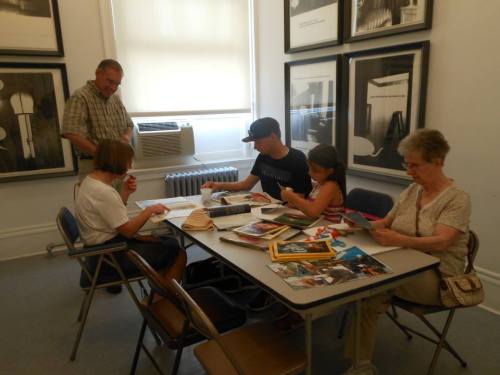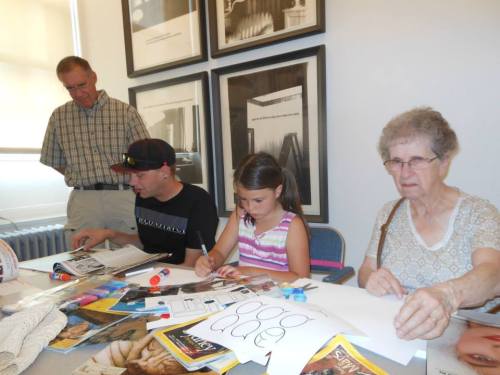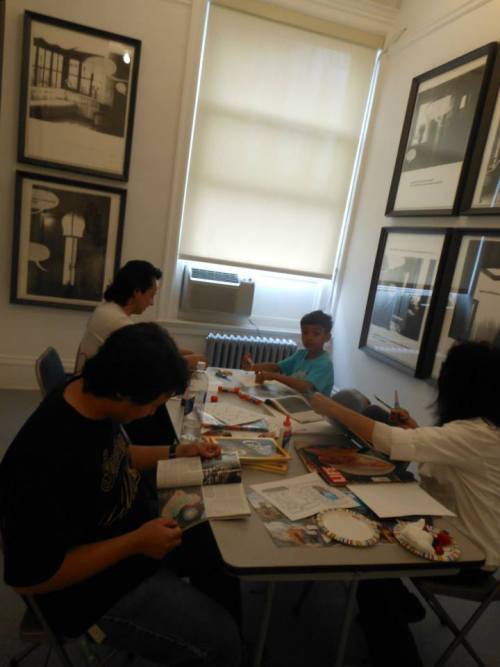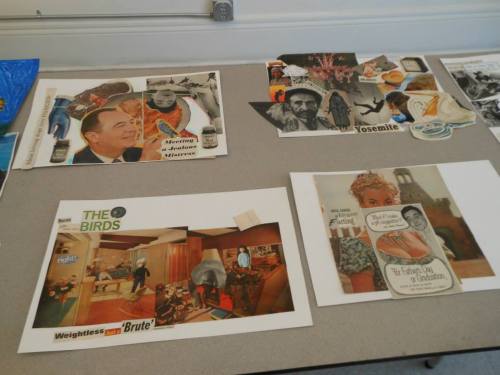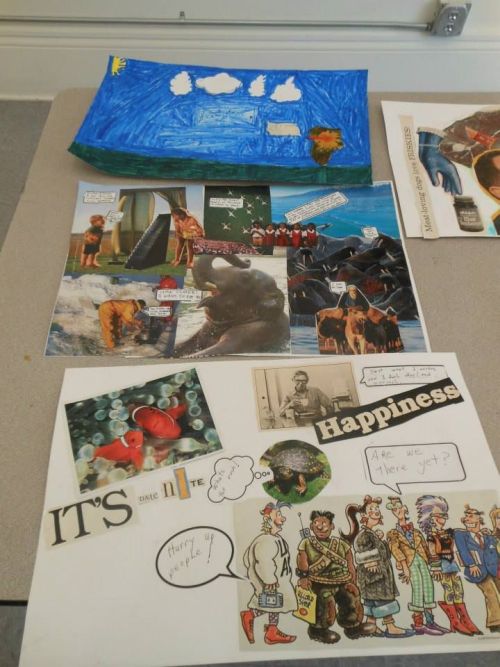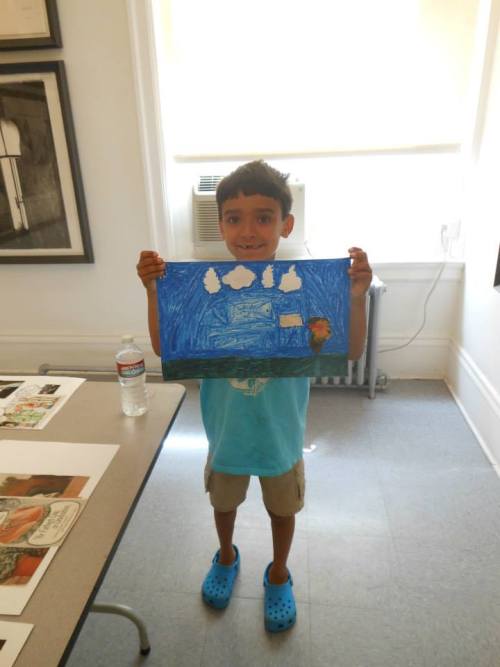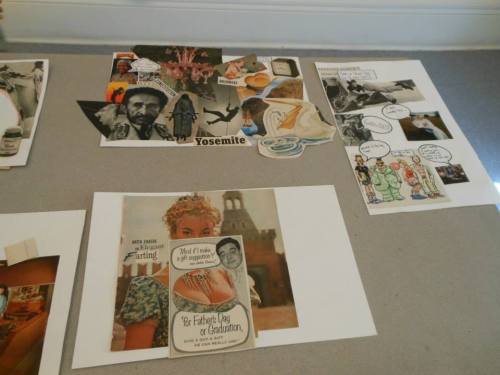Soft Sells
The Soft Museum is an artist co-lab and design studio located in Santa Fe, New Mexico, founded by Autumn Dawn Gomez and Nicholas Salazar, with the support of fellow artisan Max Sanders. They have been friends for nearly 15 years thanks to their shared love of nature, music, video games, comics, fantasy, and their equally matched creative energies. Autumn, who is Comanche/Taos Pueblo/Navajo, and Nic, who moved throughout the western coastal regions and Hawaiian Islands before his family settled in Santa Fe, both earned their BFAs from the Institute of American Indian Arts. While proficient in almost any artistic media, it was a basic set of Hama Beads that crystallized the trio’s “vision of being children in adult worlds” into a unique and highly marketable DIY brand.
Photo by Jane Phillips, The Santa Fe New Mexican
The tiny Hama beads are arranged on a grid and then fused together with applied heat. The result is a lightweight yet sturdy plastic pendant with the signature 8-bit graphic appearance, which is central to The Soft Museum aesthetic. These pendants are then attached to necklaces, earrings, hair clips, etc. and become SoftWear.
Nic’s sister, Sara, models “Wordplay” chest piece and “Alma” mask
Autumn and Nic gave these items to friends and family, sold them at arts & crafts fairs, mailed them to artists and musicians they admire, and did tons of promotion online. It wasn’t long until people like Dirty Bird Records honcho Claude Von Stroke, DJ group The Glitch Mob, and underground rappers Jean Grae and The Big Dipper are sporting SoftWear at shows and giving #shoutouts to The Soft Museum on social media. Having people you admire as fans of your work is an amazing feeling, but the greatest honor came when The Soft Museum was selected to represent Native arts and culture through a major company.
In 2012 the brand known as Paul Frank came under fire for hosting a party with an “Indian” theme, complete with neon warpaint, feather headdresses, and tomahawk props. There was a major uproar in the media and the folks at PF removed online photos of the event and issued a formal apology. They also consulted with members of the Native community to review their entire inventory and removed any item deemed culturally inappropriate. The company then decided to release a line of accessories designed exclusively by Native artists, which is when they reached out to Autumn Gomez.
Autumn created a line that included bracelets, pendants, and crowns. She states:
“This partnership allowed for this group of artists to share Native American historical legacies of creativity and tradition, while also blending the fun and colorful aesthetic that is Paul Frank. For this project, I created Hama Bead jewelry using a bold and neon palette combined with strong elements of geometry to create 5 different nature scenes - each captured in the silhouette of Paul Frank’s mascot, Julius. Each design is based on a landscape that I feel close to. I know that basing my concept on nature may sound cliché, but when done in classic Soft Museum style, it becomes very vivid and almost ultra modern. The result suggests neon video game backgrounds from the early ‘90s paired with the bold geometry of Southern Plains beadwork.“
This sums up what The Soft Museum style and mission is all about: combining traditional artist methods with contemporary crafts, achieving balance with nature and technology, and uniting indigenous and mainstream cultures through creative ingenuity.
Since the release of the Paul Frank line, Autumn, Nic, and Max have continued to work on building the SM brand and explore new creative pursuits.
Recently Autumn has been re-purposing scraps of fabric and thrift store finds into handmade fashions that express her love of meaningful design and content. The act of recycling clothes for the sake of avoiding poor corporate business ethics and creating designs that are both wearable and posses a social message has strong connections to her Native heritage. “By using recycled materials I want to encourage others to think about where and how clothing is made as well as the fact that true individuality simply can’t be mass manufactured. … As an indigenous woman I see content and craftwork as a way for my one of a kind designs to speak realistically about my time here on earth.”
Nic graduated with his BFA in illustration in May and has exhibited his own work at numerous venues in Santa Fe like the Museum of Contemporary Native Arts and the annual Armory Show at the Center for Contemporary Arts. The work of comic artists and illustrators like Junko Mizuno, Jack Kirby, and Jaime Hernandez are big influences on Nic’s artistic style, but his subject matter remains personal: “The content in my work often serves as metaphors for my experiences with asthma, food addiction, spirituality, and emotions. My work is more of a personal commentary rather than political or media inspired.” He has also been creating his own fashion wear and manifesting opportunities to show his work in galleries and boutiques on an international level.
Max has developed into a toy design extraordinaire, and has had his custom creations shown twice at Toy Art Gallery in Los Angeles, once in conjunction with the Paul Frank line and another time for BLAMO Toys. The toys allow him to explore his infatuation with “other worldly beauty and extraterrestrial cuteness.” He’s also quite the crochet master, and makes sweet little creatures that are cuddlier than their rhinestone encrusted counterparts.
While each of these artists have their own talents, their imaginations and output grows exponentially when they combine forces as The Soft Museum. The focus on youth culture and the child’s gaze helps spread their message of cultural awareness and unity to a young generation grappling with complex social issues. “It’s been a blessing to showcase our work to a broader audience,” Nic says. “Since then many people have told us that we have inspired them in some way or another. It is amazing to hear such words ~ I believe that by example and hard work you can inspire others to follow their dreams whatever they may be, even if you start from nothing.”
The Soft Museum has plans to move more toward the world of fashion/apparel. Models Cameron Russell and Chloe Nørgaard are already fans, which shouldn’t hurt when it comes to spreading the word about this up-and-coming style house from the future. Projects in graphic design, animation, music, video production and set design, toy creations, and custom commission work are also on the radar. The Soft Museum sees no limit to their creativity, and with all their originality, hard work, and growing fan base, there is no limit to their success either.
Visit www.thesoftmuseum.com to see more from this up-and-coming collaborative and purchase your own SoftWear. Purchases can also be made from
-Hayley Richardson

